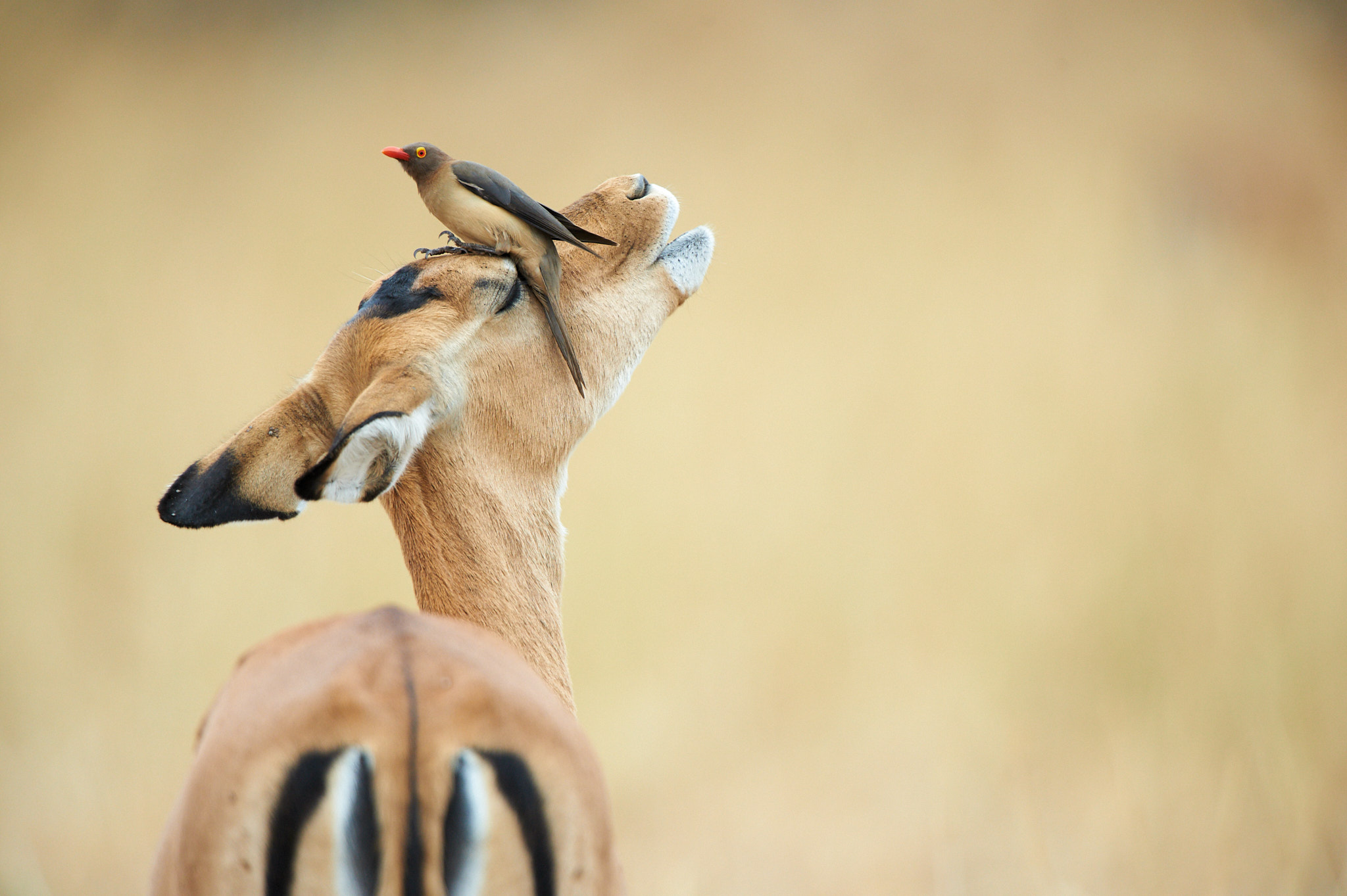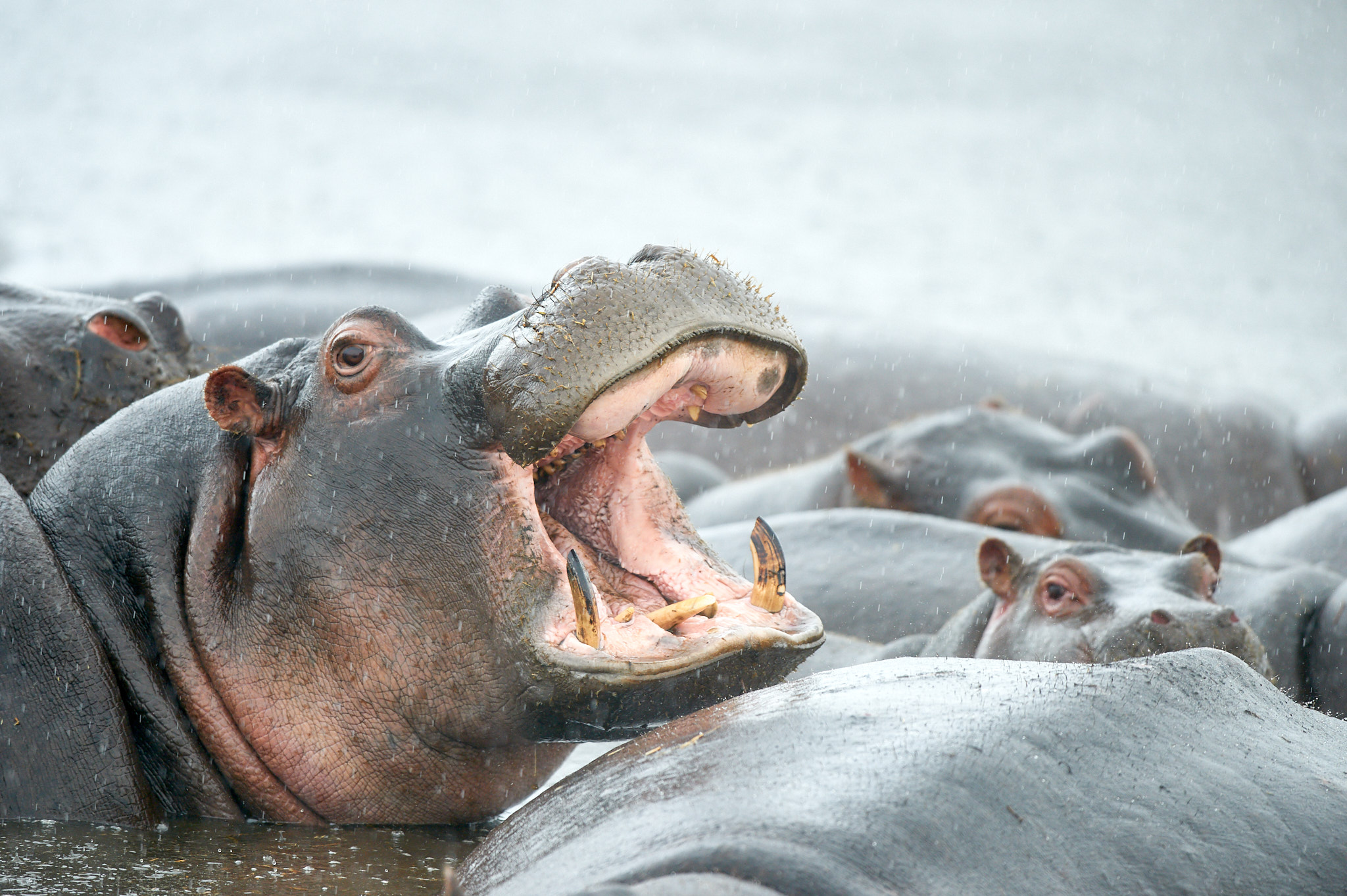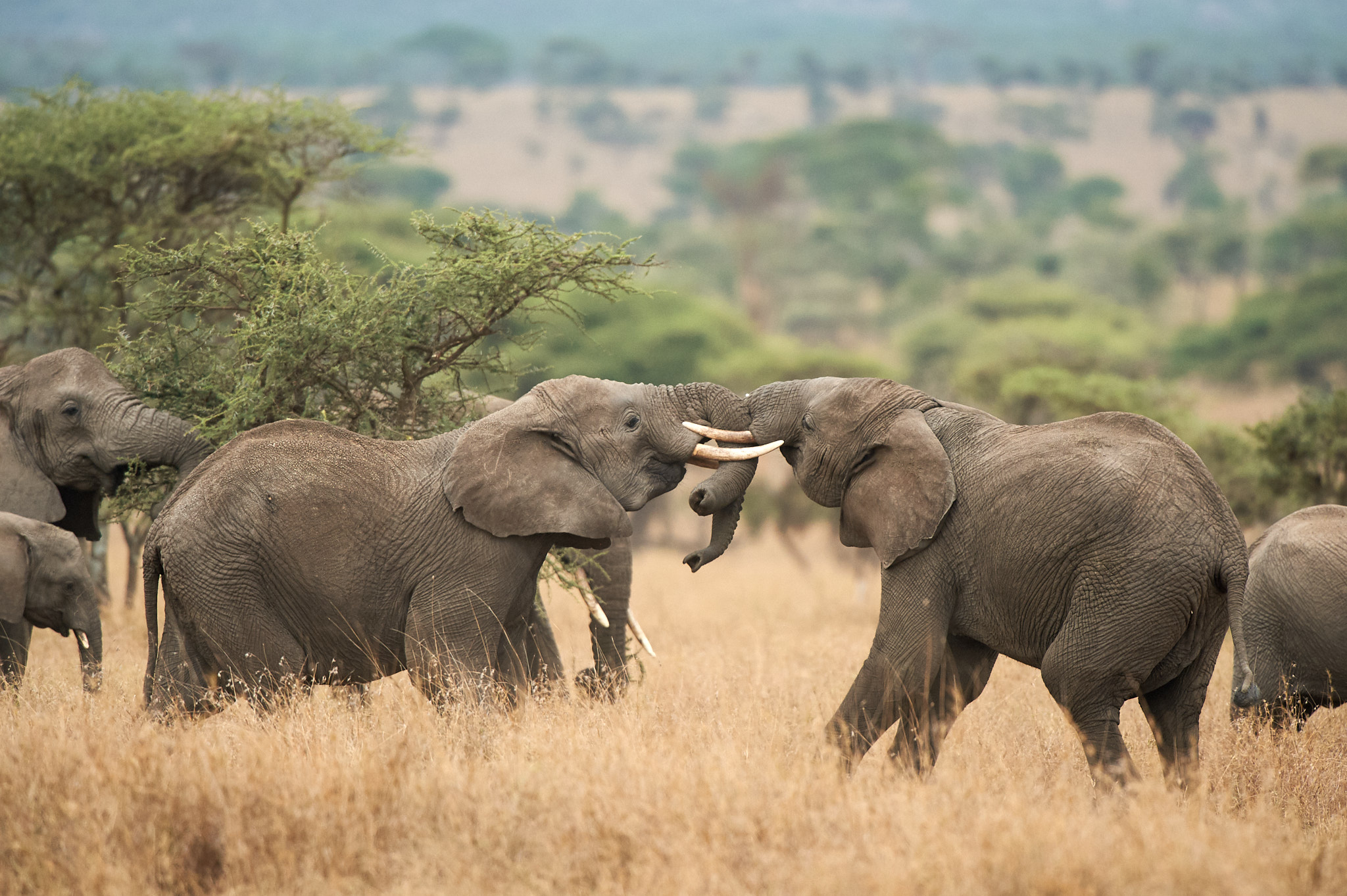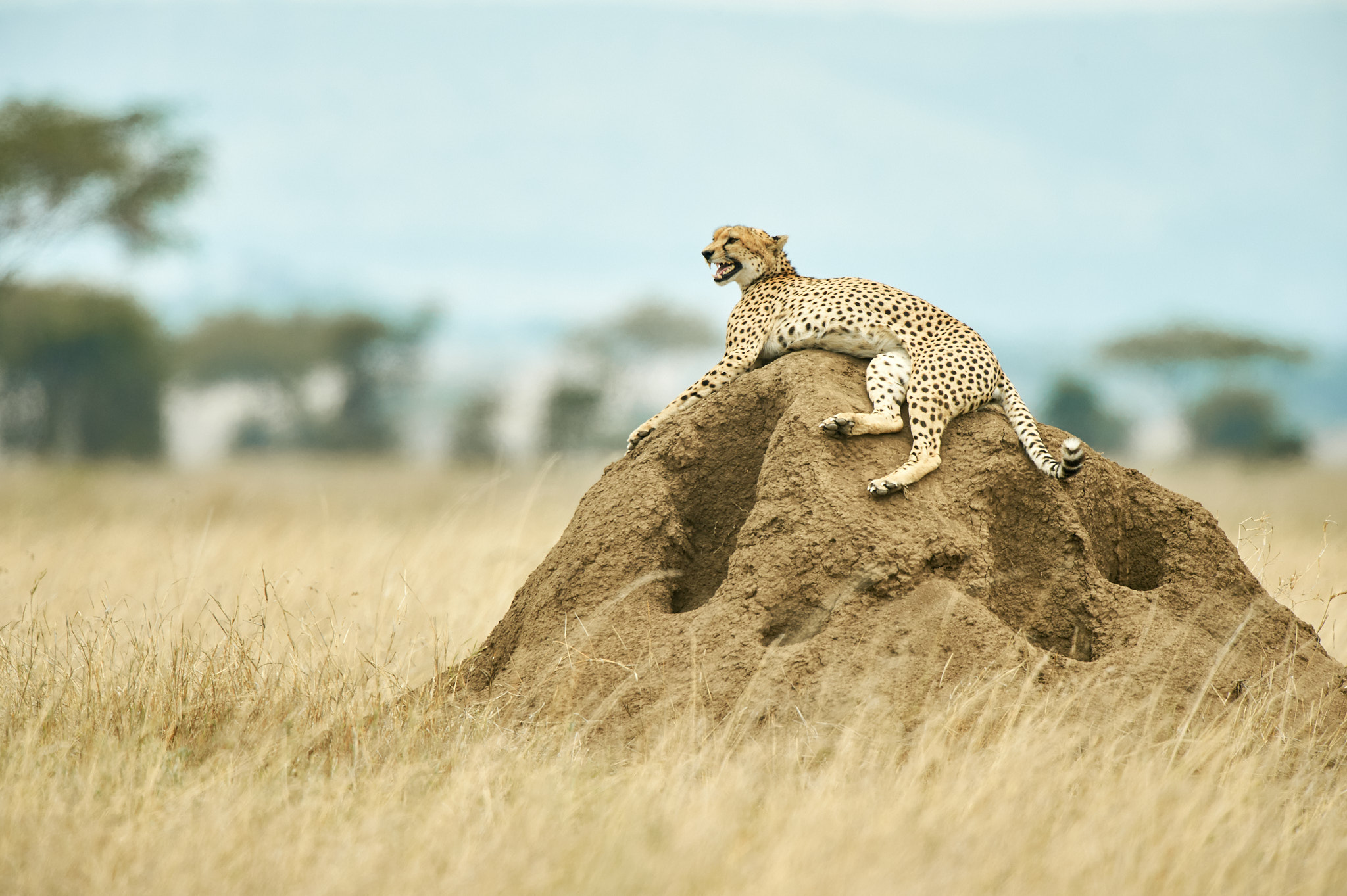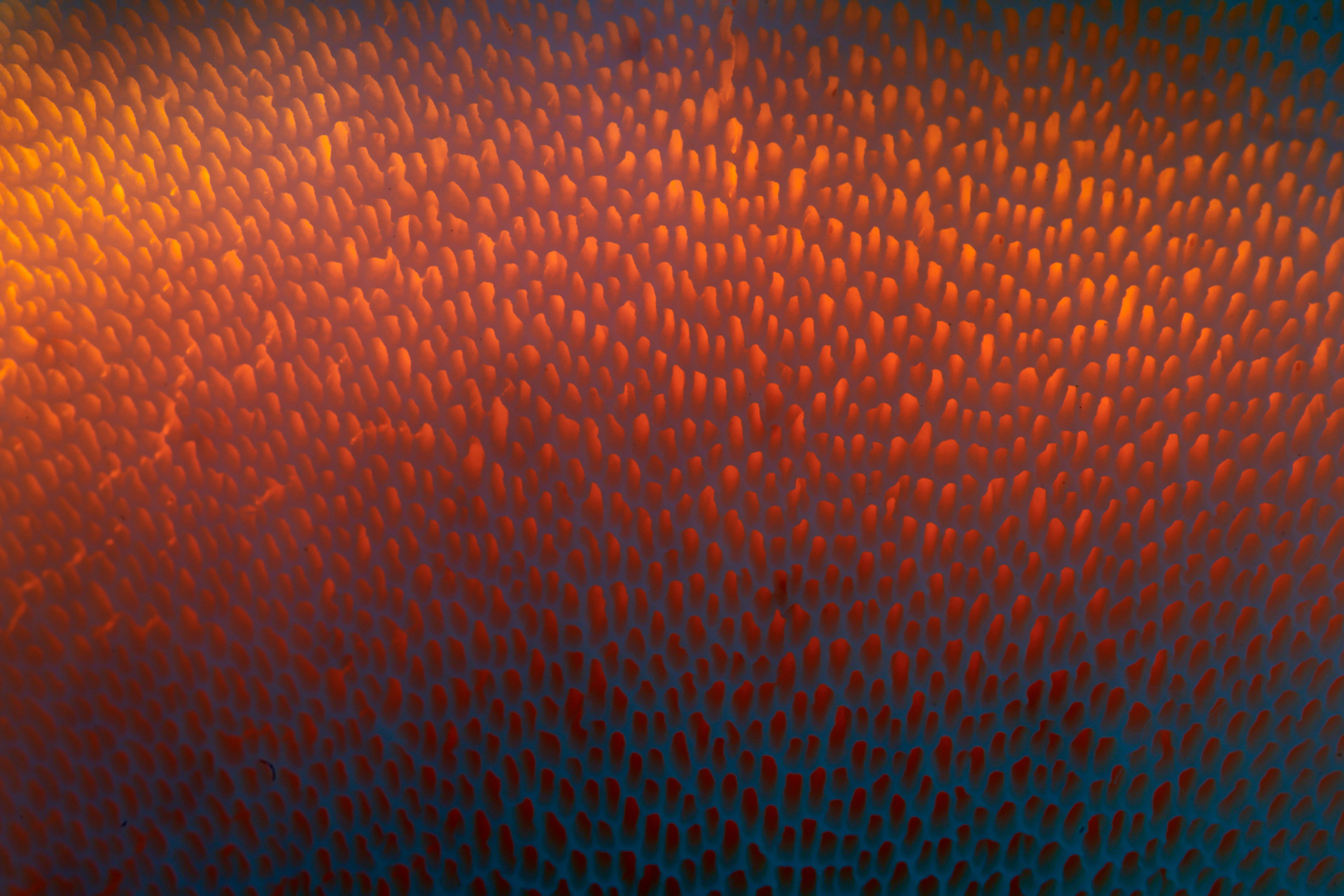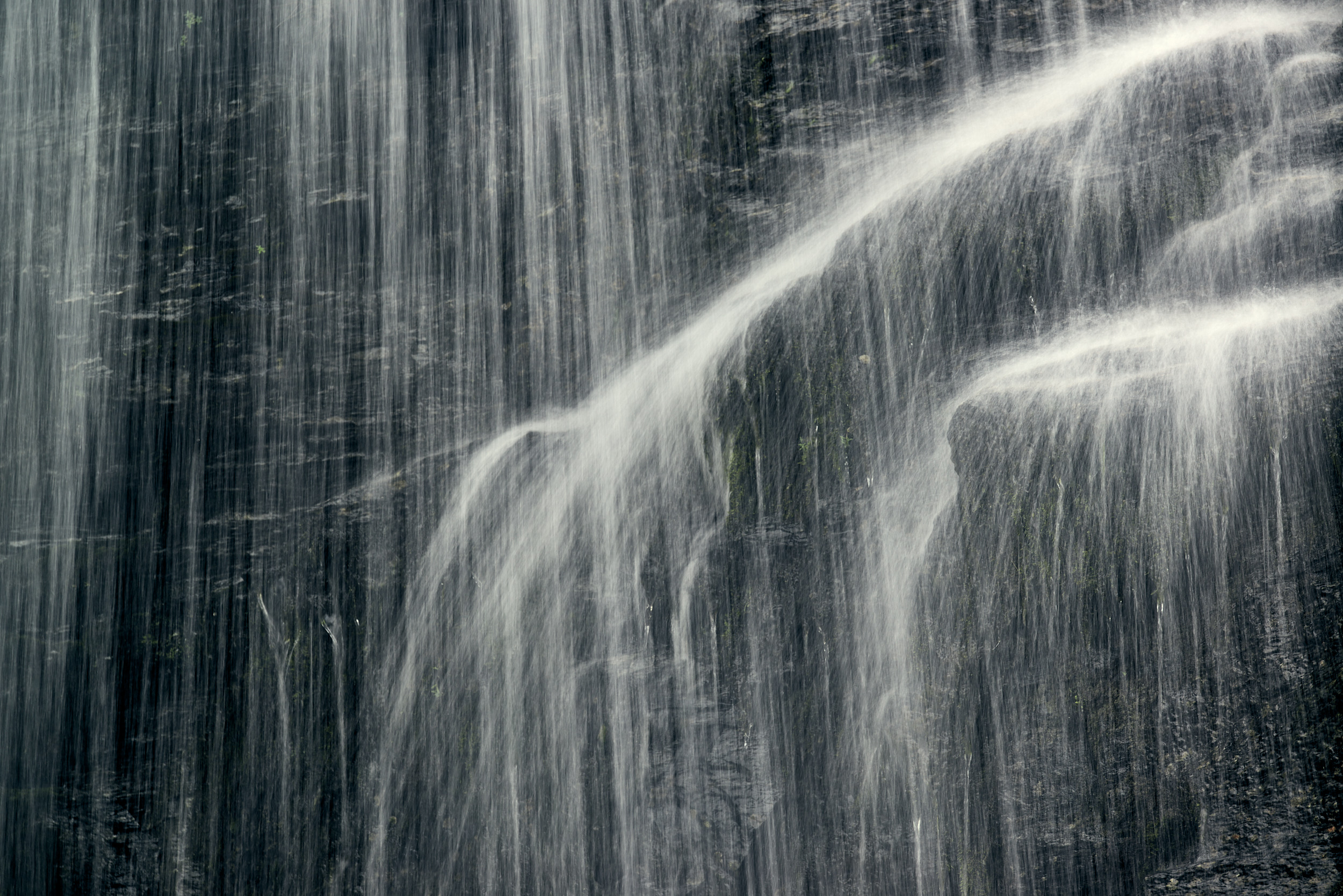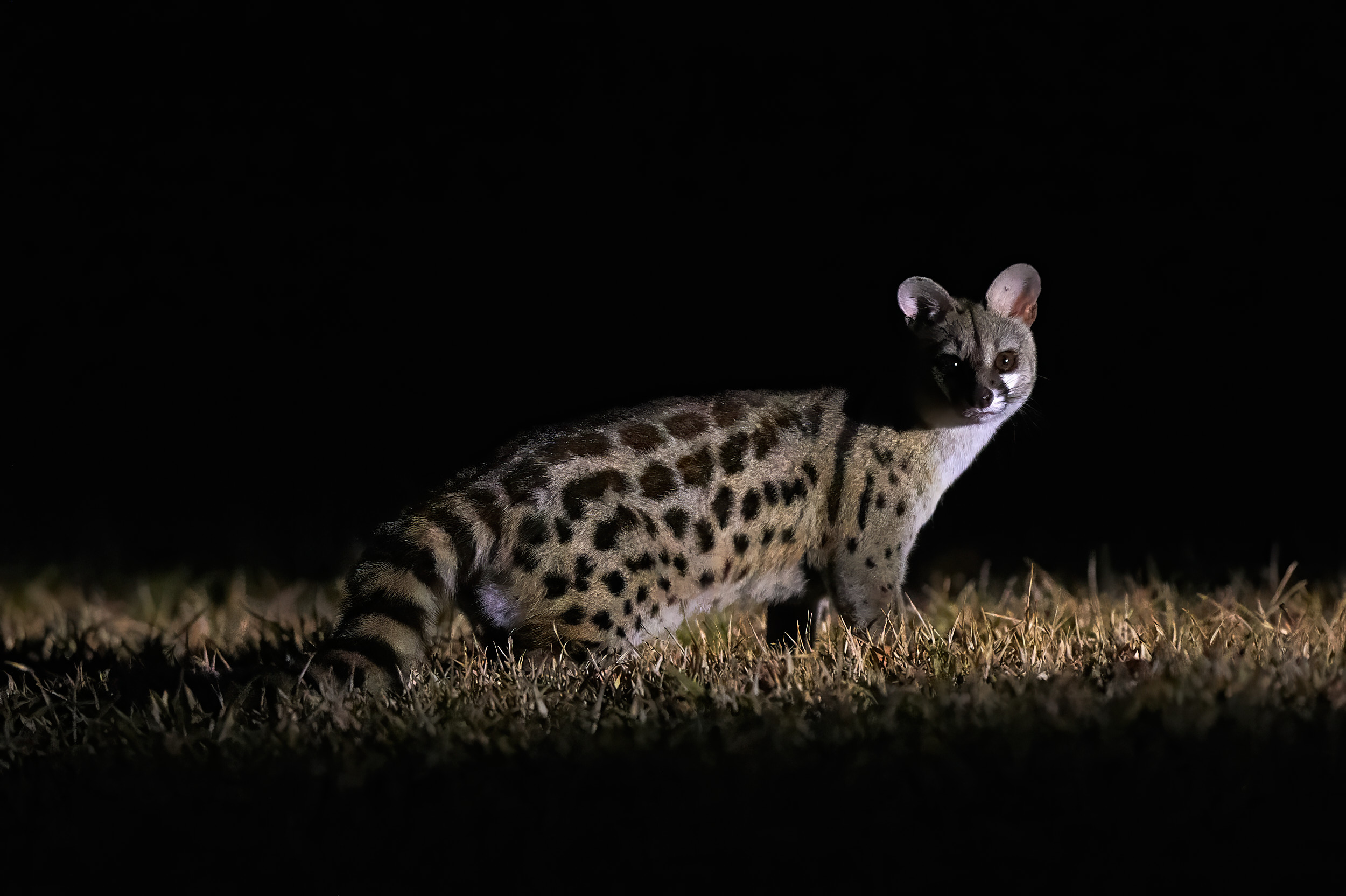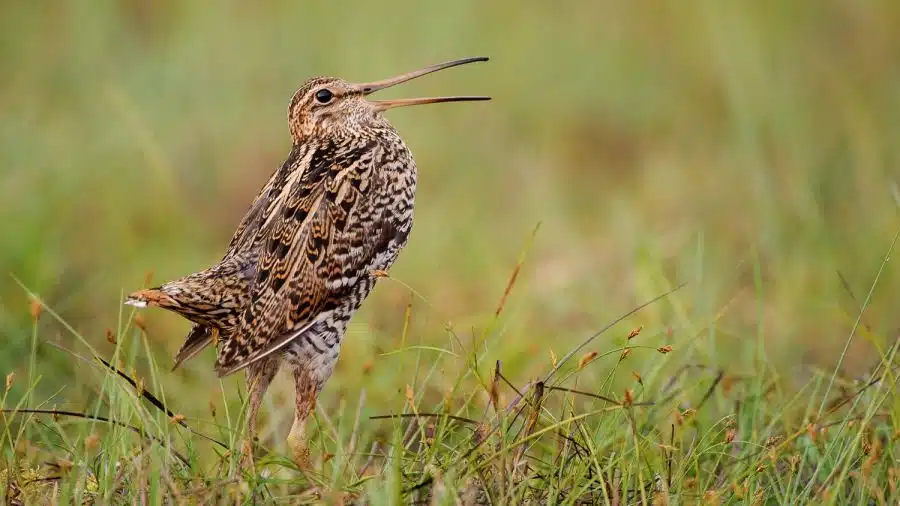A photo safari is much more than just a journey – it is an unforgettable adventure that touches all the senses. Just imagine: You are standing in the middle of untouched nature, surrounded by the endless expanse of the savannah, while a herd of elephants leisurely passes you by. Your camera is ready to capture this magical moment forever.
In September 2016, I went on my first photo safari to Tanzania and visited the famous Serengeti National Park in search of the “Big 5”. Indeed, a photo safari in Africa offers the unique opportunity to capture magical encounters with people, animals and nature on one trip. Whether a jeep safari in Sri Lanka or a walking safari in Tanzania: wild landscapes and fascinating wildlife make such trips an unforgettable experience.
However, taking photos on safari is an art in itself. The right preparation, suitable equipment and, above all, an experienced guide make the difference between blurred snapshots and breathtaking image compositions. That’s why choosing a professional guide is crucial – they not only know the best spots and animal behavior, but also ensure your safety in the wilderness.
In this practical guide, you will learn step by step how to plan your first photo safari, what equipment you really need and how to take unforgettable wildlife photos – regardless of whether your dream destination is the Serengeti National Park in Tanzania, the Okavango Delta in Botswana or the Kruger National Park in South Africa.
- What is a photo safari and what can you expect?
- How to choose the right destination
- The right preparation before the trip
- Camera and lens: what you really need
- Accessories that no safari should be without
- Why a professional photo guide is crucial
- Behavior in the safari vehicle and ethical photography
- Conclusion
What is a photo safari and what can you expect?
A photo safari is all about taking the perfect picture. According to Duden, a photo safari is a “[social] trip, especially to Africa, where animals can be observed and photographed”. But there is actually much more to this term than just an ordinary trip with a camera.
Definition and objective
A photo safari is a specially designed trip led by photographers for photographers. The main difference to conventional safaris is the focus: a photo safari is all about capturing unique moments with the camera. The aim is not just to see animals, but to photograph them in the perfect light, from the optimal angle and in special situations.
While every safari offers opportunities for photography, a photo safari focuses solely on giving you the best possible chances for stunning shots. The entire tour is geared towards photographic concepts: Viewing angles, techniques, lighting and special photo opportunities are the main focus.
Photo safaris are suitable for both beginners and experienced photographers. However, it is advisable to familiarize yourself with your equipment before the trip, as nobody wants to experience an exciting lion hunt without getting the picture because the camera settings are not right.
Difference to the normal Safari
The main difference to ordinary safaris lies in several aspects. First of all, the group size is significantly smaller. While normal safaris often take place with fully occupied vehicles, photo safaris are limited to small groups – ideally around six people in total per vehicle and including driver and photo expert.
The timing also differs considerably. On photo safaris, you spend significantly more time with individual animals in order to catch the perfect moment. This allows you not only to take quick snapshots, but also to go a little deeper. Good photos are rarely taken from the hip, it takes some time to approach the subject photographically.
Another important difference: on photo safaris, it is often not the photographer himself who is at the wheel, but an experienced driver. This allows the photographer guide to concentrate fully on you and your photographic needs. However, he will use his knowledge to bring the vehicle into the optimal position. This positioning is further enhanced if the photographer guide is an expert in animal behavior and can anticipate actions to ensure the vehicle is at the right angle before something happens.
The vehicles themselves also sometimes differ: photo safaris often use vehicles with more space per person so that all photographers can move around freely. Instead of eight people, there are often only four in a Land Cruiser with a folding roof, so that all photographers can photograph out to the same side if necessary.
Why Africa, India or Costa Rica?
These three destinations offer very special advantages for photo safaris:
Africa is a dream destination for any photo safari. The region of East Africa with its endless savannahs, volcanic landscapes and species-rich national parks offers an endless flow of photo opportunities and animal encounters. Popular destinations include the Serengeti National Park in Tanzania, the Okavango Delta in Botswana and the Kruger National Park in South Africa.
India attracts visitors with the opportunity to photograph rare animal species such as tigers and rhinos. Regions such as Satpura or the Bera Leopard & Tiger Safari India in particular offer unique photo opportunities for wildlife photographers.
Despite its small size, Costa Rica is home to around 5% of the world’s biodiversity, although the country only makes up 0.03% of the earth’s surface. The density of wildlife here is extremely high. In addition, most of the national parks are well developed and offer numerous hiking trails. Last but not least, Costa Rica is one of the safest countries in Latin America, making it an ideal destination for photography trips.
Choosing the right destination for a photo safari is crucial to the success of the trip and capturing special wildlife situations. Each of these destinations offers unique photo opportunities and a different variety of wildlife.
This is why choosing a professional photo guide is so important. These experienced guides are often specialists in certain areas such as wildlife, landscape or travel photography and have made a name for themselves through their work. They not only know the best spots, but also the typical animal behavior and can therefore optimally position the vehicle before the action takes place.
During the safari, these experts will give you spontaneous advice and tips to improve your photography skills in real-life situations. There is no better way to grow as a photographer than in a “hands-on classroom” like the African savannah or the Indian jungle with an experienced mentor by your side.
So it remains to be said: A photo safari is far more than just a trip with a camera. It is a specially designed adventure for photographers, where everything is geared towards helping you capture the beauty of nature and wildlife in unforgettable images.
How to choose the right destination
Choosing the right destination is the crucial first step in planning your photo safari. Each destination offers unique photographic opportunities and different wildlife species. Careful planning and advice will help you find the ideal destination for your unforgettable wildlife photography.
Photo safari Africa vs. photo safari India
Africa and India offer completely different experiences for wildlife photographers, although both destinations offer exceptional photographic opportunities.
Africa is considered the classic photo safari destination. The region of East Africa impresses with its endless savannahs, breathtaking volcanic landscapes and species-rich national parks. Popular destinations include the Serengeti National Park in Tanzania, the Okavango Delta in Botswana and the Kruger National Park in South Africa. The world-famous Kruger National Park in particular offers ideal conditions for photographing the iconic “Big Five” – lions, elephants, rhinos, leopards and buffalo.

India, on the other hand, impresses with a completely different aesthetic and wildlife. While the vast savannah dominates in Africa, in India you mainly photograph in denser forest areas and rocky landscapes. The focus here is often on the Bengal tiger, India’s majestic national animal. The exotic Ranthambore National Park is one of the largest reserves in the country and a spectacular place to observe tigers in their home territory. In addition to these majestic creatures, there is also the chance to photograph ancient ruins and the Padam Talao Lake, which is dotted with water lilies.
While African safaris often offer more animal species in one day, Indian safaris usually focus more intensively on a few, but very special species. This allows you to take a closer photographic look at individual animals.
Satpura & Bera: Leopard & Tiger Safari India
India has some outstanding regions for photo safaris that offer special photo opportunities.
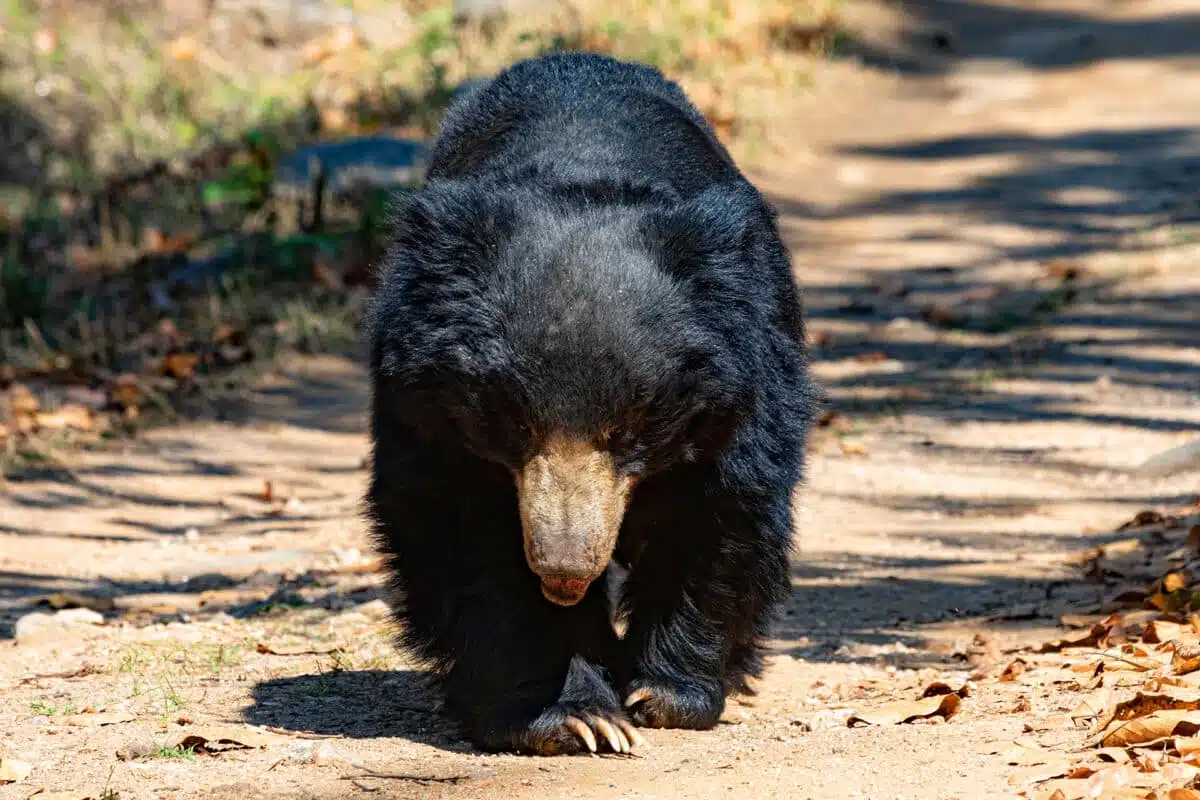
The Satpura National Park in central India is a paradise for photographers who want to take pictures of leopards. It represents the largest block of tiger habitat in the world. The terrain is mostly hilly with steep slopes, deep and narrow gorges and dense forests with numerous waterfalls. The region is exceptionally diverse, ranging from dry thorn forests to tropical deciduous and semi-evergreen forests. Satpura is one of the best places to photograph leopards, sloth bears and crocodiles.
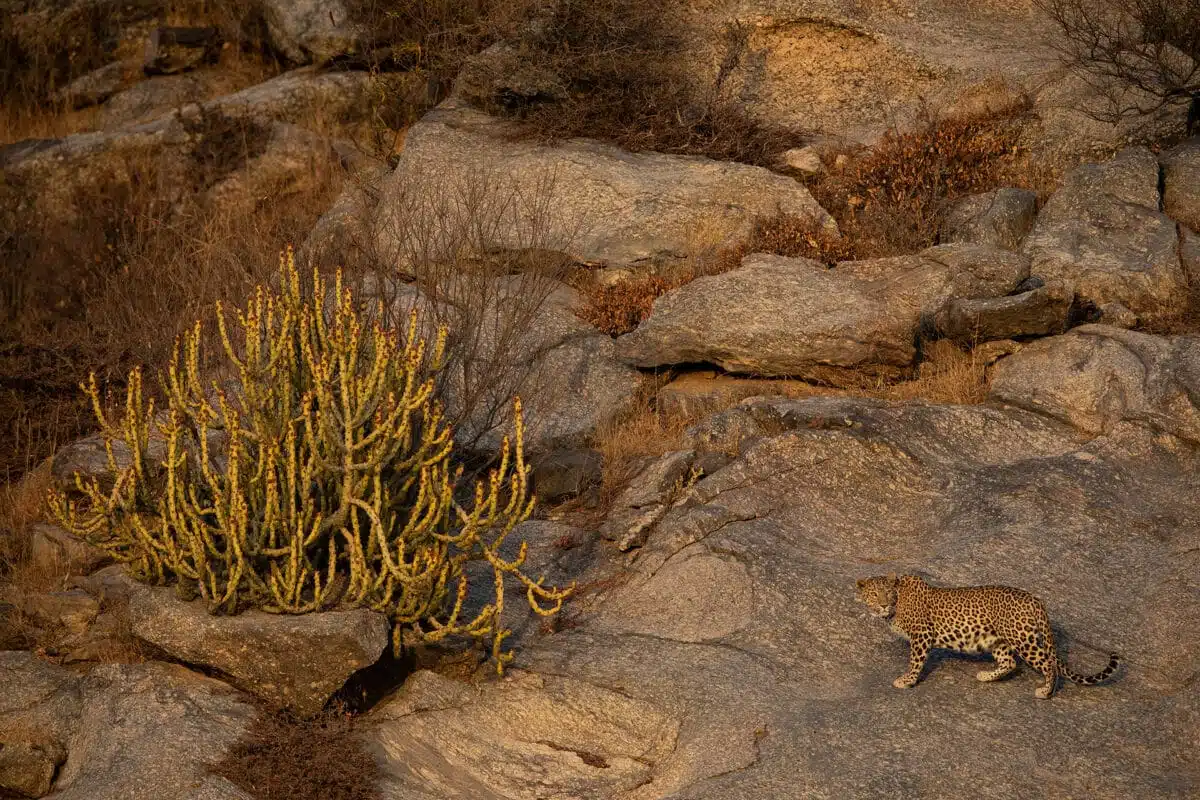
The Bera region near the Jawai Dam in Rajasthan is a real gem for leopard photography. Unlike many tiger reserves, where big cat sightings can be unpredictable, Bera offers one of the best chances of spotting leopards in the wild, often relaxing on rocky cliffs or sinuously roaming the terrain. What makes a leopard safari in Bera truly special is the high density of these big cats and their remarkable coexistence with the local communities. Although livestock make up 80% of the leopard’s diet, there is no conflict between humans and leopards.
Come out with me!
Want to photograph leopards like never before? In Bera, one of the most fascinating places in India, I’ll take you right up close – to where the shy big cats roam freely between ancient granite rocks and small villages.
Together we will experience intense wildlife moments away from mass tourism – from a jeep, but also with DSLR camera traps. I will accompany you with all my photographic know-how and ensure that you not only take home impressive pictures, but also return with the feeling of having truly immersed yourself in the lives of these majestic animals.I support you with my photographic know-how so that you bring home unique pictures.
Trips not found!
The Tadoba Tiger Reserve was largely unnoticed by tourism until recently. With a landscape dominated by teak forests and bamboo, consisting of cliffs, caves, swamps and year-round lakes, it provides habitat for numerous animal species such as tigers, leopards, sloth bears, hyenas, jackals, wild dogs and sambar deer.
Best time to go wildlife spotting
Choosing the right time to travel is crucial for successful wildlife viewing and photography. The dry season is generally considered the best time for photo safaris, regardless of the destination.
The great dry season from June to October is ideal for East Africa (Tanzania, Kenya). During this time, the weather is stable, warm and sunny, with very little rainfall. The vegetation is less dense, which makes game viewing much easier, as many animals congregate around waterholes in particular. A particular highlight is the Great Migration in the Serengeti, during which around 1.5 million wildebeest and zebra follow an endless cycle.
The dry season from May to October is also the best time to visit South Africa, Botswana and Namibia. The months of August and September in particular offer the best conditions for observing the huge herds of elephants and other wild animals.
The best time for photo safaris in India is between November and April. However, you should note that it can get very cold on the morning safaris in December and January, with temperatures just above freezing. In April, on the other hand, it can get extremely hot with temperatures above 40°C.
A professional photo guide is essential when choosing the right time. These experts not only know the best spots for certain species, but also their behavioral patterns depending on the time of year. They can position the vehicle perfectly before the action takes place – a skill that can make the difference between an ordinary snapshot and an award-winning wildlife photo.
The careful selection of destination and travel time in combination with an experienced guide will help you turn your first photo safari into an unforgettable photographic adventure.
The right preparation before the trip
Thorough preparation is the key to the success of your photo safari. The difference between blurred snapshots and breathtaking wildlife shots lies not only in the equipment, but above all in your photographic experience and knowledge of the animal world. That’s why you should prepare intensively months before your trip.
Practice at the zoo or animal park
As the saying goes: “Practice makes perfect” – this also applies to wildlife photography, of course. Especially if you are using a telephoto lens for your photo safari and have little experience with it or have borrowed it especially for the safari, you should definitely practice beforehand.
Zoos and animal parks offer ideal conditions to train your photographic skills. The animals are used to people, giving you plenty of time to experiment and practice photographic processes. However, these controlled environments come with their own challenges: animals are often behind bars, in concrete enclosures or behind glass.
Take note of the following tips for your Zoo exercise sessions:
Photograph at eye level with the animal if possible and focus on the eyes – they are the most important element in the picture
Look for a natural light reflex in the eye, which gives the animal liveliness
Choose a calm background that does not distract from the main subject
Visits to zoos preferably during the week outside the vacation season
It is not advisable to try to photograph too many animal species during a visit to the zoo. Instead, concentrate on a few species and return several times to perfect what you have seen before. You will quickly come up with new ideas for pictures through observation.
If you don’t have an expensive telephoto lens, various online rental companies offer a wide range of professional equipment for rent by the day. In addition, special photography courses at the zoo are an excellent way to prepare for a safari.
Understanding animal behavior
The more you know about the animals and their natural habitats, the easier it is to track them down and assess their behavior in specific situations. This allows you to better assess when the perfect moment has come to release the shutter and when it is better to wait a little longer.
The understanding of animal behavior can be deepened in various ways:
Find out more about the region where you would like to go on safari in advance
Collect information about the animals you encounter and their behavior
Use books to classify different animal species, which can also provide good assistance afterwards
In fact, knowledge of animal behavior is one of the main reasons why a professional photo guide is so valuable on safari. These experts can correctly interpret animal behavior and optimally position the vehicle before the action takes place. They know exclusive spots and at the same time ensure safety and the right timing for perfect photos.
Photo tour ideas for beginners
There are several ways to get started with your first photo safari:
Special photography courses: These offer both theoretical knowledge and practical exercises to help you improve your photography skills and prepare you for the special requirements of a safari. You will learn basic animal behavior and its predictability, safe approach and respectful photography.
Bird of prey shows: A visit to an air show with birds of prey is excellent training. Here you can not only practice handling your lens, but also test different setting options, the ISO behavior and the focus behavior of your camera.
Weatherproof equipment: Especially during the rainy season, it is important that your camera equipment is well protected. Use a weatherproof camera backpack and pack additional rain covers or waterproof protective bags for your cameras and lenses.
Flexible scheduling: Weather can be unpredictable, so you shouldn’t plan your photo safaris too tightly. Keep time slots free so that you can adapt to the conditions.
Also remember to obtain all the necessary travel documents and inform yourself about safety aspects. Comprehensive travel insurance that also covers your photographic equipment is essential.
The right preparation ultimately makes the difference between an ordinary trip and an unforgettable photographic adventure – and significantly increases your chances of returning from your first photo safari with extraordinary images.
Camera and lens: what you really need
The right equipment is crucial for successful wildlife shots on your photo safari. Although a professional guide can help you to find animals and position yourself optimally, you have to press the shutter button yourself – and for this you need the right equipment.
DSLR vs. system camera
When it comes to the best type of camera for a photo safari, there is a clear trend: mirrorless system cameras (DSLM) are becoming increasingly important, while single-lens reflex cameras (DSLR) are slowly disappearing from the market. There are good reasons for this.
Mirrorless cameras offer several decisive advantages on safari:
They are significantly quieter when triggered and therefore do not frighten the animals
They do not make any annoying clicking noises that could disturb fellow travelers while filming
The lack of a mirror mechanism means there are no micro-vibrations that can lead to blurred images
However, DSLRs still have an advantage in terms of battery life. While a DSLR battery often lasts for up to 1000 shots, older DSLMs sometimes only manage around 300 photos. However, newer models improve this significantly and can now achieve 700 or more shots per battery charge.
More important than the type of camera, however, is that you know and control your equipment well. A camera should sit comfortably in your hand and be intuitive to use. Especially in fast-paced situations on safari, you need to be able to react at lightning speed without having to search for the right settings for a long time.
Recommended focal lengths
On a safari, you rarely get close to the animals. For safety reasons, you often have to remain seated in the jeep and observe the animals from a distance. A telephoto lens with a long focal length is therefore essential.
Common zoom lenses with focal lengths of 55-200mm or 70-200mm are unfortunately not sufficient for safaris. The image section would still be too large at these focal lengths and the animals would appear too small in the picture. Instead, experts recommend lenses with focal lengths of at least 300mm, preferably 400mm or more.
Zoom lenses in the 200-600mm range are ideal, as they offer maximum flexibility. With such focal lengths, you can take both detail shots and overview images. However, the higher the focal length, the more important an image stabilizer becomes, as the risk of camera shake increases.
A flexible zoom lens is particularly useful in animal-rich areas such as the Serengeti, the Masai Mara or Chobe National Park in Botswana, where animals often come closer to the vehicle.
Travel zoom or fixed focal length?
The decision between zoom and fixed focal length lenses depends on various factors and is a regular topic of discussion among photographers.
Zoom lenses offer decisive advantages on safari:
They allow flexible adaptation to rapidly changing situations
You can switch between different image sections at lightning speed
Lenses need to be changed less often, which means less dust gets into the camera
Fixed focal lengths, on the other hand, are convincing:
Better image quality, as the optics are optimized for exactly one focal length
Higher light intensity, which can be particularly advantageous at dusk
Often more compact and lighter design
When I’m observing a group of baboons, I have to be able to switch between different situations at lightning speed using the focal length – from a portrait of a single animal to a shot of the entire group. Zoom lenses have a clear advantage here.
In addition, the quality of modern zoom lenses has improved considerably. The difference to expensive fixed focal lengths is often barely noticeable in practice. Today, a 200-600mm zoom lens delivers results that are comparable to those of a 600mm fixed focal length lens that is six times more expensive, even at high magnifications.
Accessories that no safari should be without
In addition to the camera and lens, there are other accessories that can make or break the success of your photo safari. The right tools not only protect your valuable equipment from dust and damage, but also enable you to take better pictures in challenging conditions.
Tripod or bean bag?
Stabilizing your camera with a heavy telephoto lens is particularly important on a photo safari. However, the question arises: tripod or bean bag?
A tripod offers maximum stability, but is often too bulky for use in a fully occupied safari vehicle. It mainly makes sense if you are staying in one place for a long time, for example when observing a leopard on its sleeping tree or when taking landscape shots. A sturdy tripod is particularly indispensable for sunsets or shots of the Milky Way. You should rely on proven quality – a high-quality tripod is a lifelong investment.
The bean bag, on the other hand, has proven to be a practical alternative. It is simply placed over the vehicle window, which is 1/3 open, and provides a stable support for heavy lenses. This makes it easier to take photos without exerting too much force. A big advantage: the bean bag can be taken along empty and only filled with beans, rice or even sand on site, which saves valuable luggage weight.
For maximum flexibility, a monopod is recommended. It is significantly less bulky than a tripod and can be used in a variety of ways – whether in an open safari vehicle or on boat trips on Lake Naivasha.
Cleaning and care
The omnipresent dust and sand on safari is a constant threat to your equipment. A daily cleaning routine is therefore essential.
The correct cleaning sequence is crucial:
First use a blower to remove the coarse dust from the camera body and lens
If necessary, finish with a soft brush
Only then remove fingerprints with a lens pen or microfiber cloth
Important: Never use a cleaning cloth before dust has been removed – this can cause very fine scratches on lenses. You should also have your cleaning kit to hand during the stalking trip so that you can quickly clean the optics if necessary.
Memory cards and spare batteries
Sufficient memory cards and spare batteries are absolutely essential for a photo safari. Experienced photographers recommend taking several smaller cards (32 or 64 GB) rather than one large one. This reduces the risk of losing all your photos in the event of a card error.
When selecting memory cards, it is not only the capacity that matters, but also the speed. Fast cards (at least Class 10 or UHS-1) are required for continuous shooting of fast movements, such as a hunting scene. Experts recommend high-quality brands – you should never cut corners when it comes to memory cards.
There is a simple rule of thumb for batteries: at least one spare battery per camera per day, plus a reserve. This is particularly important if you are staying in camps without a reliable power supply.
A notebook with an external hard disk is also recommended for data backup. In the evening, while the batteries are charging, you should transfer the day’s pictures to both storage media. This double backup prevents you from losing valuable images.
Why a professional photo guide is crucial
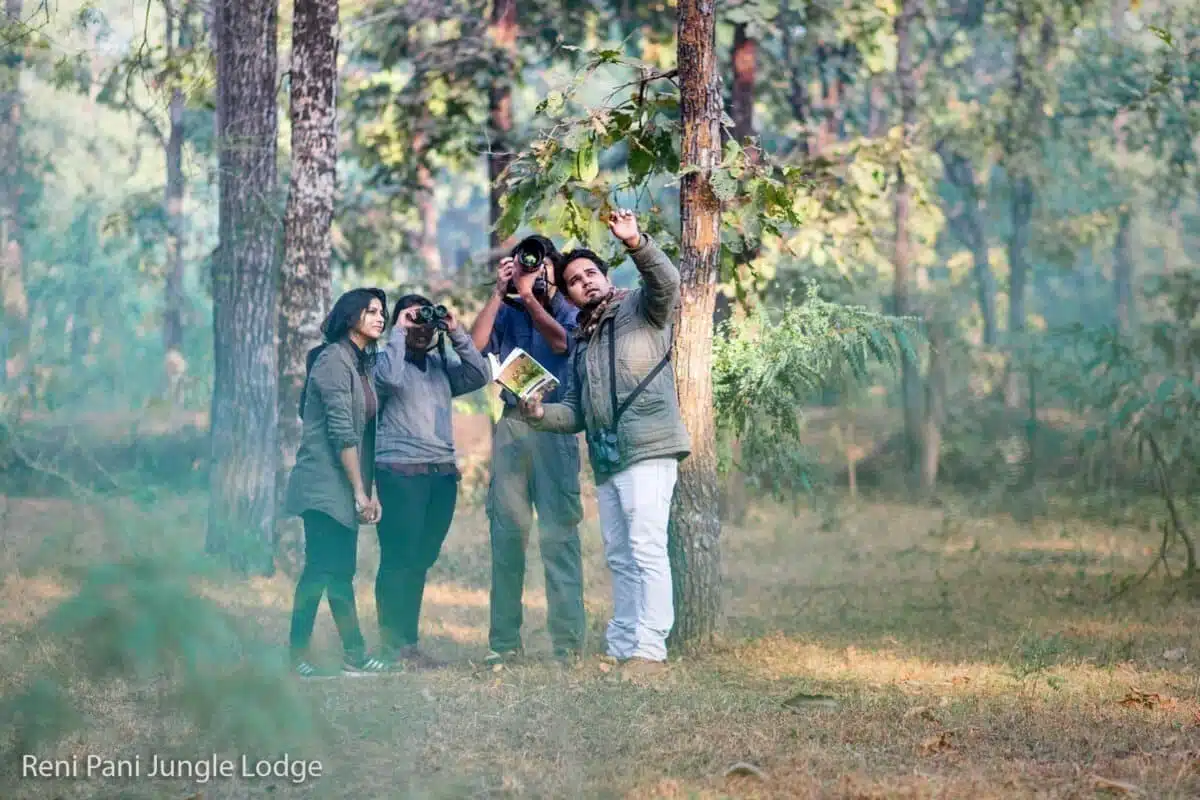
The success of your photo safari depends largely on one person: your photo guide. Even with the best equipment and careful preparation, you will miss many unique moments without an experienced guide. Discover why professional guidance can be the difference between ordinary snapshots and award-winning wildlife shots.
Correctly interpreting animal behavior
A professional understanding of animal behavior is worth its weight in gold in wildlife photography. Experienced photo guides have years of experience in observing animals and can predict their actions. They interpret body language and behavioral patterns that amateurs usually overlook.
This in-depth knowledge enables your Guide:
Position the vehicle optimally before the action takes place
Recommend the right camera settings for upcoming situations
Draw your attention to special behaviors that are worth photographing
In fact, it is precisely this ability to correctly interpret animal behavior that makes the difference between documentary footage and emotional images. A professional guide knows exactly when a lion is about to pounce or when elephants will move to the waterhole.
This expertise is particularly valuable as the animal world is unpredictable. The great thing about a safari is also the excitement that comes with it, you never know what’s going to happen next. A good guide helps you to be ready in such moments and to achieve the “best possible results on a photo safari”.
Access to exclusive spots
Professional photo guides have a network and local knowledge that is unattainable for individual travelers. Not only do they know the best places and times to see certain animals, they often also have special access points.
In the Masai Mara, for example, specialized providers work with “the most experienced local Masai scouts with official off-road permits”. This makes it possible to “follow and photograph the game almost everywhere” – a huge advantage over standard safaris, which have to stay on the trails.
In addition, photo safaris are often carried out with specially converted vehicles. These offer, for example, extended side windows and additional roof hatches, providing each participant with optimal photography conditions. With high-quality providers, each participant has a complete row of seats to themselves, which guarantees sufficient space for equipment and freedom of movement.
While ordinary tourist groups often travel in overcrowded vehicles, professional photo tours typically offer small groups of max. 6 to 8 photo enthusiasts. This allows for individual attention and enough space for each photographer.
Safety and timing for perfect photos
On a photo safari, you will encounter wild animals in their natural habitat – with all the associated risks. A professional guide ensures that safety always comes first. He knows the necessary safety distances and gives you clear instructions on how to behave when observing animals.
In addition to safety, the right timing is crucial for exceptional images. Professional photo safaris are therefore much more dynamic than conventional tours. They follow the nocturnal and crepuscular cats of prey – and other interesting action within the respective park boundaries – before sunrise and until after sunset.
This temporal flexibility allows you to take pictures in the best light – the golden light shortly after sunrise or before sunset. An experienced guide also knows the optimum camera technique for different lighting situations and can help you find a balanced combination of shutter speed, aperture and ISO value.
The investment in a good photo guide ultimately pays off with better pictures. Customers report enthusiastically: “The guides were super competent and took us to the best spots”. Others rave: “The coaches were not only technically adept, but also very committed”.
Whether it’s a photo safari in Africa, a photo safari in India or other photo travel destinations – a professional guide makes the decisive difference between an ordinary trip and a photographic adventure that you will remember for years to come.
Behavior in the safari vehicle and ethical photography
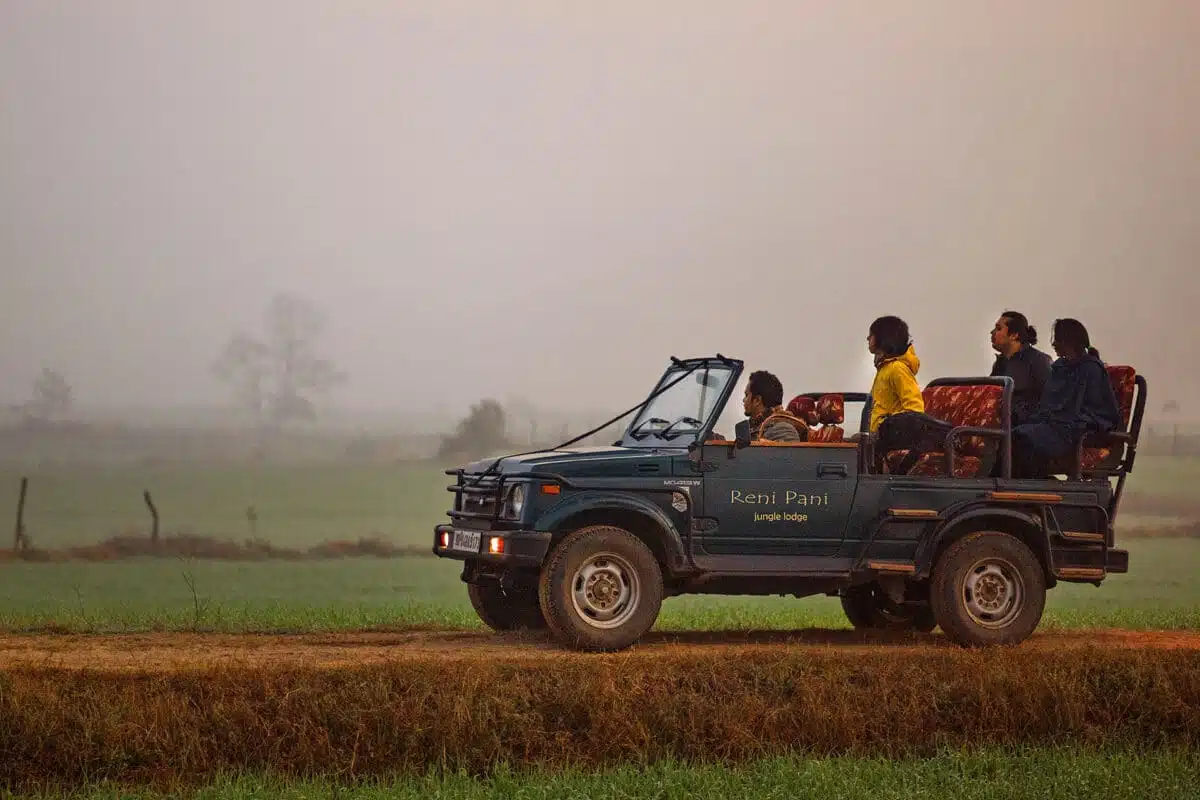
Ethical behavior during your photo safari is not only important for your safety, but also crucial for the protection of wildlife. With the right behavior in the safari vehicle, you can ensure authentic and respectful shots.
Distance to animals
Keeping an appropriate distance from wild animals is a basic principle of wildlife photography. Always stay in the vehicle unless specifically instructed otherwise, as wild animals are unpredictable. Use telephoto lenses to take close-ups while keeping a safe distance. This allows the animals to pursue their natural behavior undisturbed. A professional guide knows exactly what distance you need to keep and will position the vehicle accordingly.
Also observe the following rules: Avoid loud noises, hectic movements and strictly follow the instructions of your guide. If you are on foot, never approach animals in a direct line, but move carefully in zigzags and make sure that the wind carries your scent away from the animal.
Use lighting conditions
The best time to take photos is the golden hour – shortly after sunrise and shortly before sunset. The soft, warm light at these times really brings out the best in your shots. In contrast, the bright midday light can lead to harsh shadows and washed-out colors.
Respectful photography
The welfare of the animals must always take priority over the perfect photo. Avoid anything that could disturb the animals’ behavior, especially flash photography. When photographing from a safari vehicle, be patient – sometimes it’s the waiting that makes the decisive moment possible.
Eye contact is particularly important in your pictures – shots in which there is eye contact between the animal and photographer have a much more intense effect. Also try to be at eye level with the animal or even take a lower position, which makes the animal appear larger and more majestic.
Conclusion
Without a doubt, a photo safari offers an unforgettable adventure for any photographer, regardless of your level of experience. The right preparation, equipment and ethical behavior will ultimately ensure stunning wildlife shots that will stay with you for a lifetime.
It is particularly important to choose a professional photo guide, who can make the decisive difference between ordinary snapshots and award-winning wildlife photos. An experienced guide correctly interprets animal behavior, positions the vehicle optimally and knows exclusive spots far away from the tourist crowds. He also guarantees your safety and helps you to find the perfect camera settings for every situation.
The careful selection of your travel destination – be it the vast savannah of Africa or the dense forests of India – should always take into account the time of year and your photographic wishes. The right equipment seems just as important: a good camera with a sufficient telephoto focal length forms the basis, while bean bags, cleaning kits and sufficient memory cards ensure the success of your photo safari.
Regardless of the technical aspects, you should never forget to treat the wildlife with respect. Keep your distance, avoid disturbing noises and use the golden hour for magical lighting moods.
There is no doubt that a photo safari challenges your photographic skills – but at the same time it offers an incomparable opportunity to improve them. On your return, you will not only take home extraordinary pictures, but also unforgettable memories that will remind you of this unique adventure time and time again.


